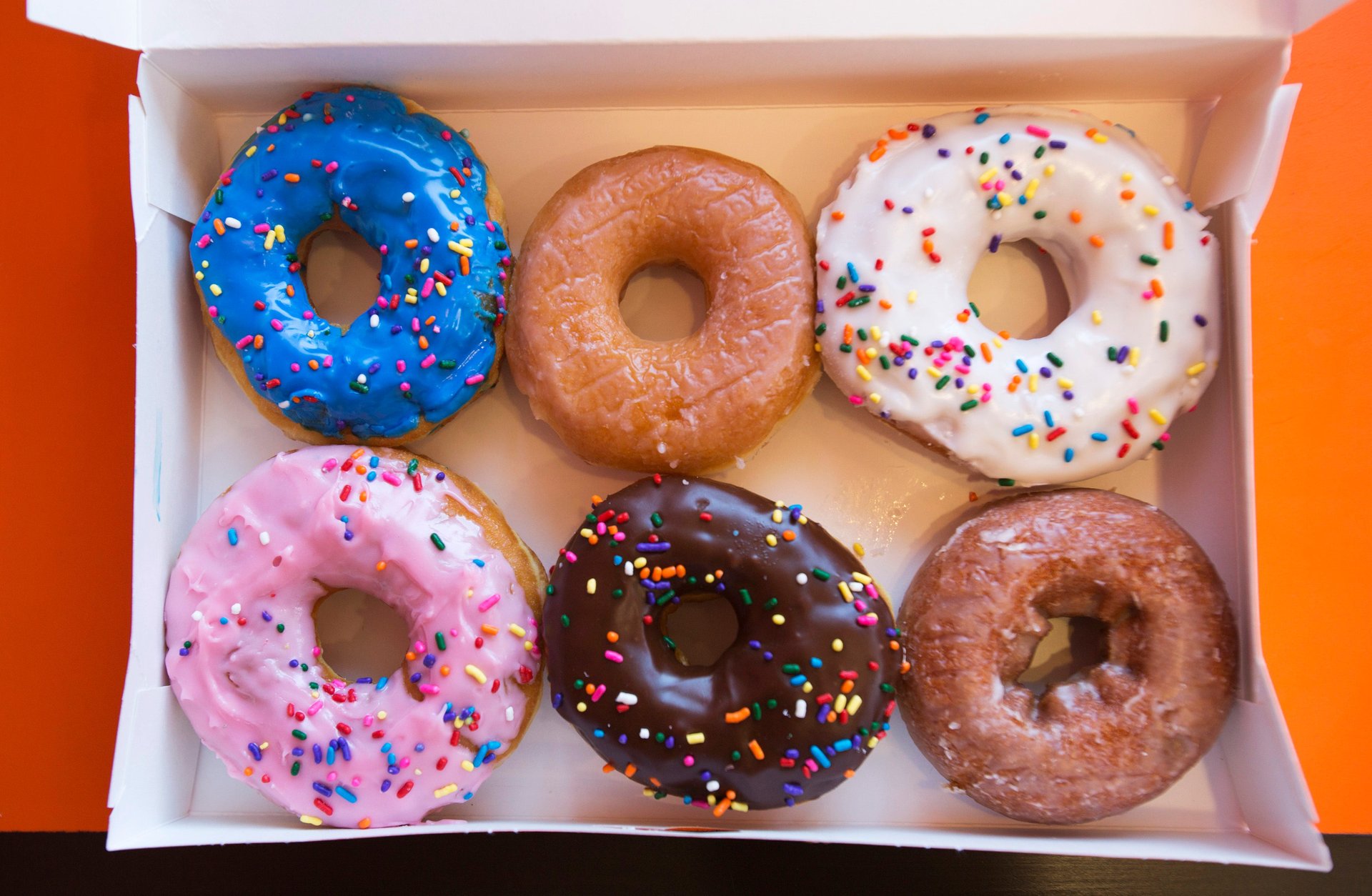How Google hacked healthier office snacks
Poor health and obesity cost US business $225 billion every year, according to the Centers for Disease Control and Prevention. Moving the donuts a few feet from the coffee may help employers chip away at that total.


Poor health and obesity cost US business $225 billion every year, according to the Centers for Disease Control and Prevention. Moving the donuts a few feet from the coffee may help employers chip away at that total.
Similarly small tweaks in how Google offers its employees snacks meant its office workers ate a healthier diet—often without even noticing.
According to an article in the Harvard Business Review, instead of serving up M&M in bulk, and allowing workers to fill up four-ounce cups with the candy, Google started handing out smaller, individually wrapped packages. The average serving size fell 58%, from 308 calories to 130 calories. Meanwhile, placing cookies and crackers further from the beverages in a break room meant that employees were half as likely to grab the snacks when they got coffee. HBR notes:
Observations of more than 1,000 people found that people who used the beverage station near the snacks were 50% more likely to grab a snack with their drink. For men, the estimated “penalty” in increased annual snack calorie consumption for using the closer beverage station was calculated to yield about one pound of fat per year for each daily cup of coffee!
Google teamed up with researchers from Yale to test some theories about how “nudging” can subtly shape behavior. The concept, made popular by economist Richard Thaler and law professor Cass Sunstein in a 2008 book, Nudge: Improving Decisions About Health, Wealth, and Happiness, says indirect suggestions and positive reinforcement can be just as effective at getting results as mandates and commands. A classic example is 401 (k) enrollment: Society gains when employees take advantage of their work pension programs, but not everyone signs up. Thaler and Sunstein argue that if employers automatically signed up new hires and gave them the opportunity to opt out of the program, versus opting in, enrollment would much higher.
At Google, the Yale team used a number of nudging techniques. Instead of sending employees emails about the virtues of vegetables, they presented the information at the “Moment of Truth,” or when the message counts the most—in this case, in the places where food was served. Consumption of dishes with the veggies went up 74%, while portions rose 64%.